The difficult thing about lawn diseases is that they often look similar- at least upon initial inspection, and the range of circumstances in which they thrive is all over the map. Some like heat, some like cold; some like sun, some like shade; most of them enjoy damp environments, but there are a few that thrive during drought.
So how do you know what you’re dealing with? Taking a closer looker at the damage is the first step in identifying the specific type of fungus you’re battling. Then you can educate yourself on how to effectively rid your yard of these ugly infections.
Here are two that tend to crop during specific seasons, as evidenced by their names:
Summer Patch Lawn Disease
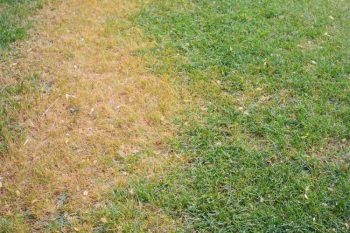 Summer patch lawn disease prefers the higher temperatures of spring and summer. While it thrives in the heat, it’s not drought tolerant. The humidity of North Texas summers makes our region susceptible to summer patch.
Summer patch lawn disease prefers the higher temperatures of spring and summer. While it thrives in the heat, it’s not drought tolerant. The humidity of North Texas summers makes our region susceptible to summer patch.
The good news is that the most common turf grasses used in our area not this disease’s first choice. Blue grass, fescue, and perennial rye grass are the ones mostly likely to get infected. That is good to know for people with larger lots that may contain a mix of grass breeds.
This disease looks similar to other lawn diseases, except that it creates a ring rather than solid spots. The grass within the ring can look deceivingly healthy, but look again! Right along the surface of the ground, also known as the grass’s crown, tiny brown threads of fungus can be spotted.
Look out for low spots with poor drainage in your yard, as the excessive moisture allows summer patch to proliferate. Leveling your terrain where possible, and watering less frequently in those areas, are 2 ways to avoid infection.
Moisture management is an important component of combatting lawn disease. Visit our Moisture Management service page to learn more about Ryno Lawn Care can help keep your yard healthy.
Snow Mold Lawn Disease
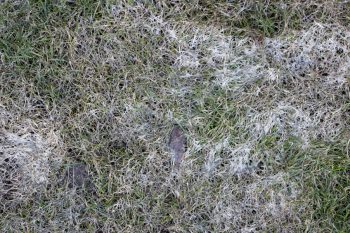 This form of lawn disease thrives in wet, freezing temperatures. So even though our region doesn’t get much snow, it is still a potential threat. Once again, this is more likely to be problematic for those who have a mixed turf. Rye grass, fecue, and bluegrass are most susceptible to snow mold.
This form of lawn disease thrives in wet, freezing temperatures. So even though our region doesn’t get much snow, it is still a potential threat. Once again, this is more likely to be problematic for those who have a mixed turf. Rye grass, fecue, and bluegrass are most susceptible to snow mold.
Despite its name, snow mold disease is a fungus just like the others. After a winter freeze, the moisture of the thaw creates the perfect environment for this fungus to grow on your grass’s blades.
What you’ll notice is pinkish spots in your lawn, that darken to brownish-red. Once the disease has completely killed off a given area, it will leave behind yellowed, dead blades that still have visible fungus. As the picture indicates, it may have a “webbed” or cottony appearance.
This disease thrives on the dying organic material that is common with weather that fluctuates in and out of freezing temperatures. During an especially icy winter, you will want to keep an eye on the shady spots in your lawn, and look out for the pinkish or reddish signs of snow mold.
To learn more about preventative measures, check out Best Practice for Addressing and Preventing Lawn Disease.

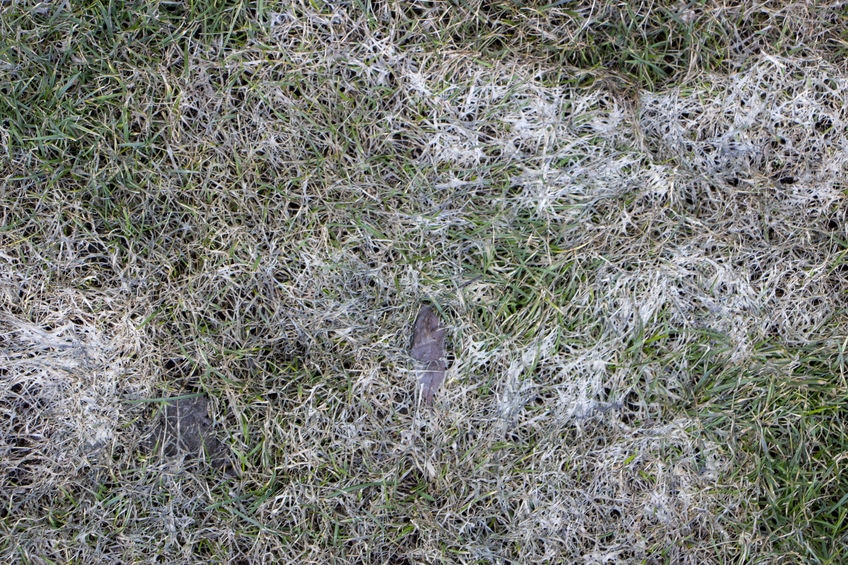

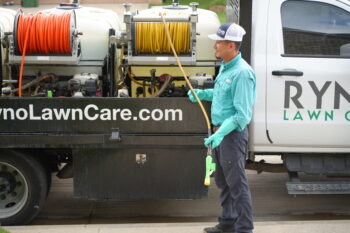
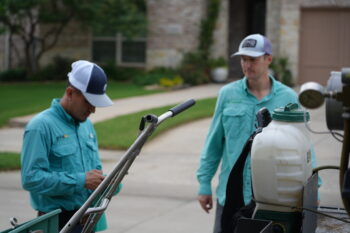
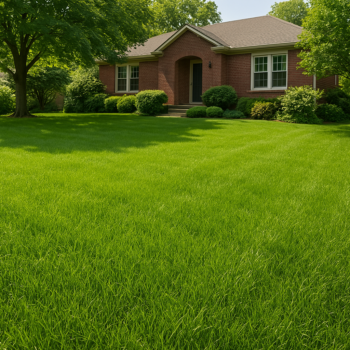
One Response
very clear and good article easy to understand. Thank you